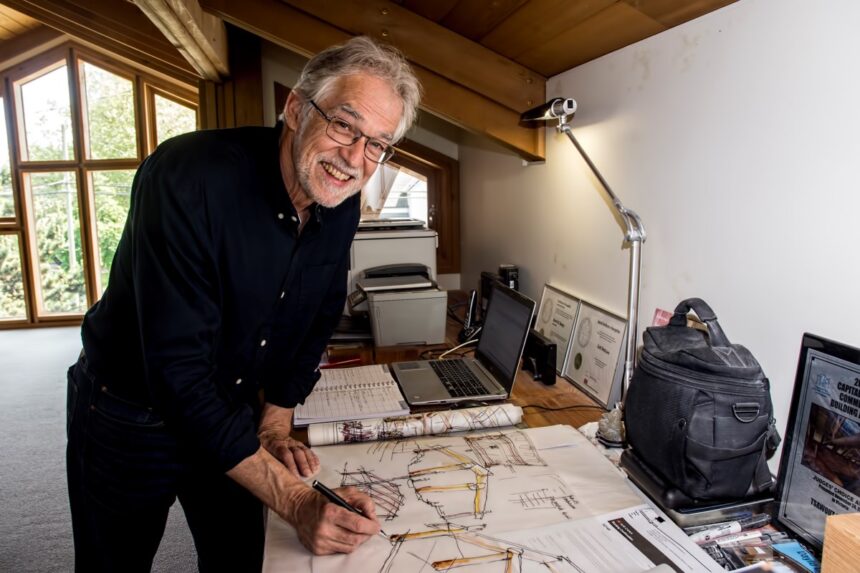In a landmark shift that promises to reshape British Columbia’s architectural landscape, UK-trained architects can now practice more easily in the province thanks to a groundbreaking reciprocal licensing agreement between regulatory bodies.
The Architectural Institute of British Columbia (AIBC) and the United Kingdom’s Architects Registration Board (ARB) finalized the mutual recognition agreement this month, eliminating numerous bureaucratic hurdles that previously deterred international talent from entering BC’s competitive market.
“This agreement represents a significant opportunity for both jurisdictions,” explains Mark Vernon, CEO of the AIBC. “British Columbia gains access to a deep pool of UK architectural expertise at a time when our construction sector desperately needs innovative perspectives, while UK professionals discover a vibrant market eager for their skills.”
The timing couldn’t be better for British Columbia’s construction industry. With housing shortages continuing to challenge urban centers and ambitious infrastructure projects on the horizon, the province stands to benefit significantly from this infusion of international talent.
UK architects bring distinctive approaches to sustainability and urban density challenges – areas where British Columbia continues to evolve its building codes and planning regulations. Their expertise with historic preservation and adaptive reuse projects could prove particularly valuable as Vancouver and Victoria balance growth pressures with heritage conservation concerns.
For professionals like London-based architect Eleanor Hadfield, the agreement opens exciting possibilities: “British Columbia’s commitment to sustainable development aligns perfectly with my specialization in low-carbon design. I’ve monitored Vancouver’s green building initiatives for years, and now the prospect of contributing directly to this vibrant architectural community is within reach.”
The agreement significantly streamlines the licensing process. Previously, UK architects faced a labyrinth of credential evaluations, examinations, and substantial paperwork – often taking years to complete. Now, verification of good standing with the ARB and demonstration of relevant experience allow for expedited registration.
Industry analysts note this arrangement comes amid global competition for architectural talent. Australia, New Zealand, and Singapore have implemented similar agreements to attract top professionals, recognizing that architectural innovation often flourishes through cross-cultural exchange.
BC’s construction sector, which contributes approximately $23 billion annually to the provincial economy, stands to benefit from fresh perspectives on urban densification, mass timber construction, and climate-resilient design – all areas where UK architects have demonstrated significant innovation.
The agreement also presents opportunities for Canadian firms seeking to establish footholds in European markets, creating reciprocal pathways for BC-trained architects to practice in the United Kingdom.
As firms on both sides of the Atlantic adjust to this new reality, questions remain about how quickly these international collaborations will materialize. Will this infusion of UK architectural expertise accelerate British Columbia’s push toward more sustainable, efficient building practices, or will cultural differences in design philosophy create productive tensions that ultimately reshape the province’s built environment?
























